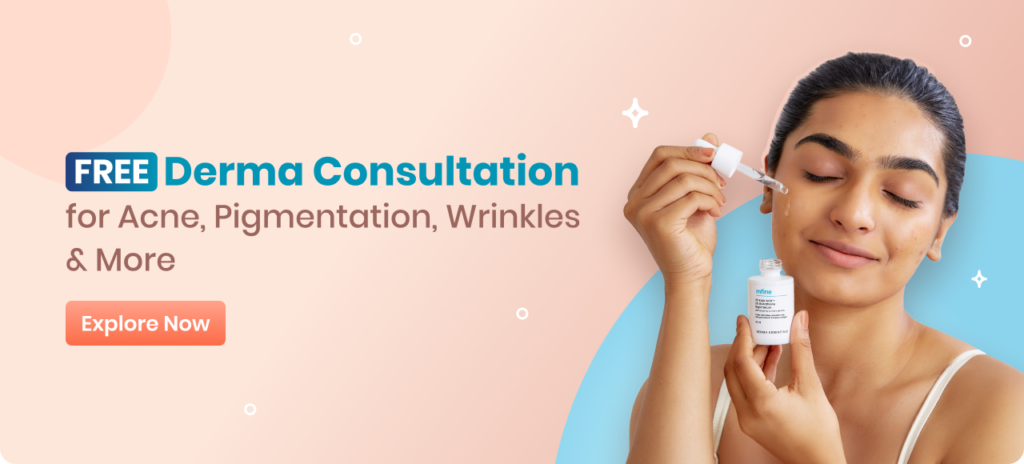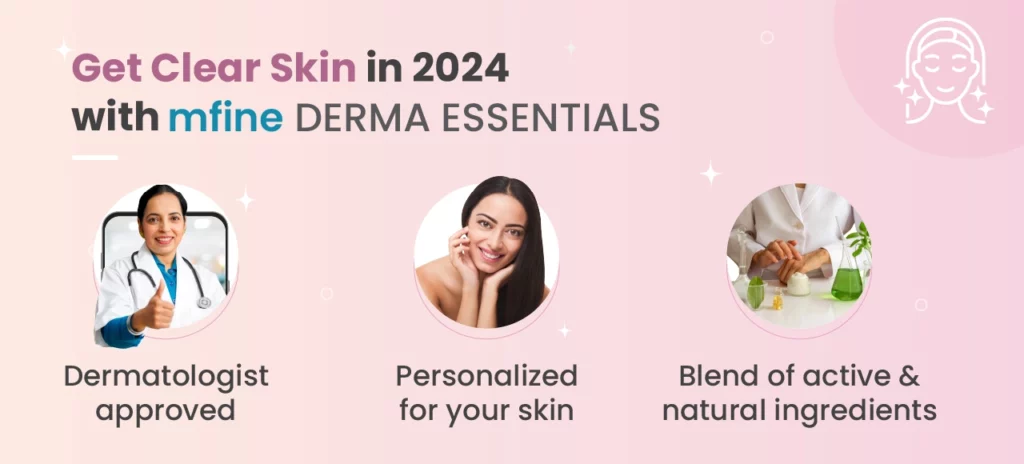Last modified on January 2024
With inputs from Dr.Nikhileshwari Vanukuru, General Physician
.ph_top_banner .col-md-5 h1 {color: #000;}@media (max-width: 767px){.ph_top_banner .col-md-5 h1 {margin-top: 15%;}}
Key Takeaway:
Xanthelasma eyelid is a condition in which the person develops bumpy, yellow plaques on or around the eyelids. These patches are cholesterol deposits around eyes and it forms under the skin.
It is important to consult a dermatologist if you notice any cholesterol deposit in eyes to receive a suitable xanthelasma treatment plan.
Xanthelasma in eyelid can be caused by various factors. They include dyslipidemia, genetic factors, lifestyle factors, and chronic conditions like obesity, diabetes, high blood pressure, and more.
Xanthelasma in eyelid can be removed if it causes a hindrance, or for cosmetic reasons.














